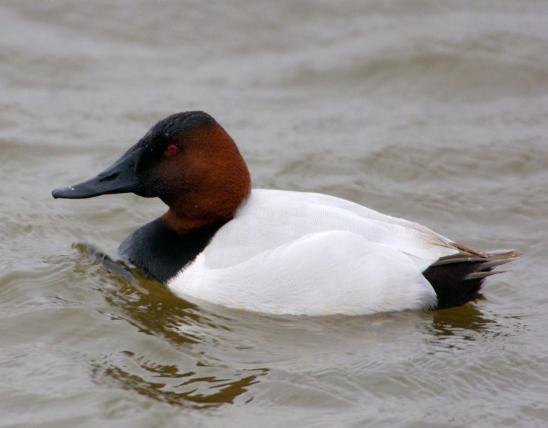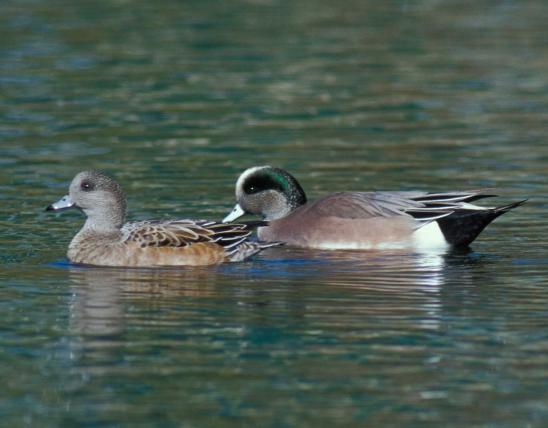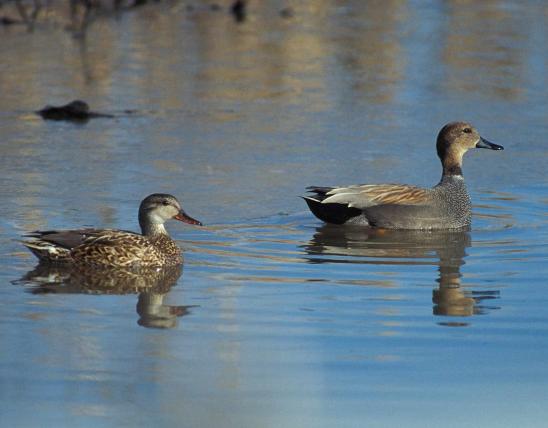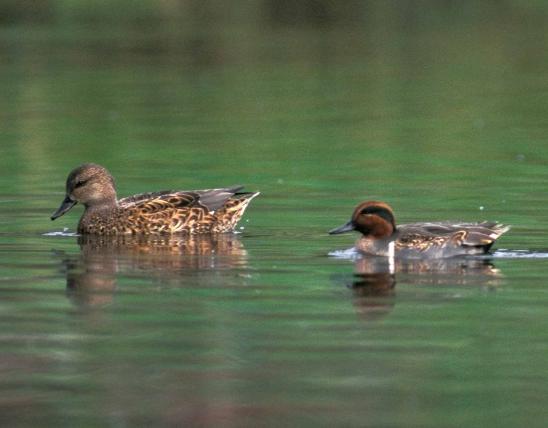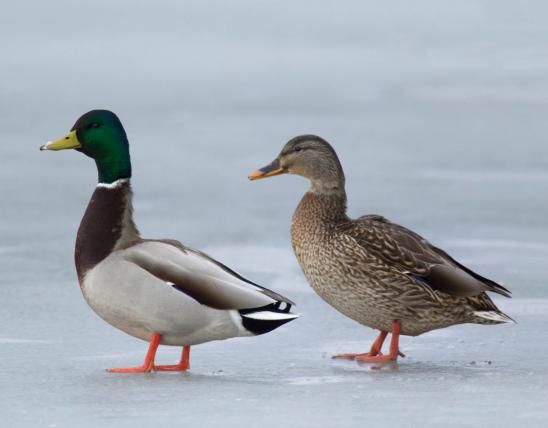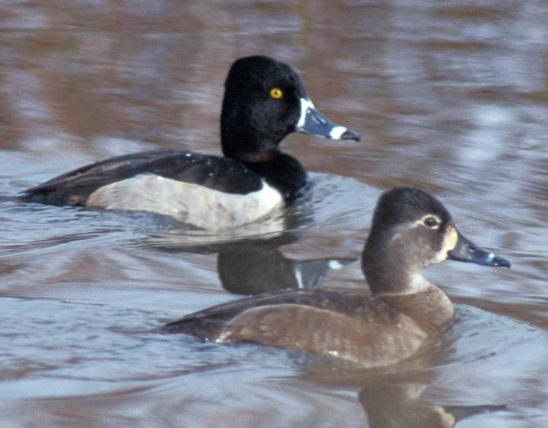
The adult northern pintail male has a brown head, white breast, and a gray body, with a long, curved border on the neck where the brown meets the white. A narrow white streak extends up from the neck onto the head. The under tail coverts are black, and the upper tail coverts are long and tapered to a “pin tail.” The flanks are creamy buff. Female is brownish with a bronze speculum and solid gray bill; their tails are not as long as those of males. Females quack and males whistle.
Similar species: The northern pintail’s long neck and uniform brown (male) and tan (female) face distinguishes it from other ducks.
Length: 27 inches (male); 21 inches (female) (tip of bill to tip of tail).

Statewide.
Habitat and Conservation
Northern pintails forage in shallow water on marshes, ponds, and lakes. They also commonly visit crop fields or stubble. They fly fast and often zigzag before leveling off to land. Pintails belong to a large group of ducks called “dabbling ducks” or “dipping ducks,” which rarely dive completely below the surface but instead tip forward with only their heads or fronts of their bodies under water. Mallards, teal, gadwall, shovelers, and wigeon are also in this group.
Food
Like other dabblers, pintails forage near the surface in shallow water, sifting mud through their bills to strain out aquatic vegetation, sedges, seeds, and invertebrates. In winter, pintails often feed on grain in crop fields.
Status
Common migrant. A few individuals have been observed during the summer, with nesting recorded. Uncommon winter resident statewide.
Life Cycle
Like many other migratory waterfowl, northern pintails typically fly through Missouri in spring and fall as they move between their breeding grounds in Canada and northern U.S. states and their winter territory in about the southern half of the United States and Central America. Their nests are built on the ground in brushy or grassy places, usually away from water. As with other ducks, the young hatch covered with down and are able to walk around soon after hatching.
Human Connections
In the early 1900s, waterfowl specialist Herbert K. Job wrote of the pintail: “Though I prefer it alive, I must admit that it is very fine on the table, and that I had just as soon eat it as any other Duck.” He also praised the then-new conservation laws that restored this duck’s numbers.
Ecosystem Connections
Migratory waterfowl (and any migrating animal, for that matter) play important ecological roles in both breeding and overwintering territories. They also influence the ecology of every region they migrate through in spring and fall.






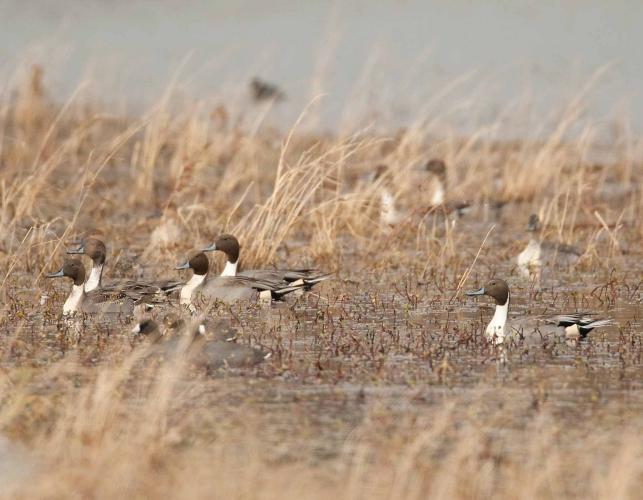

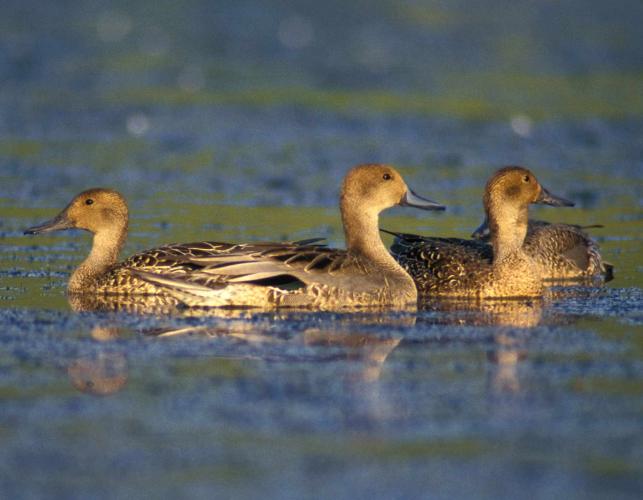

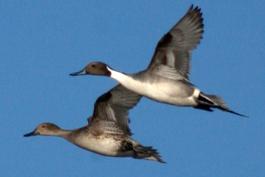






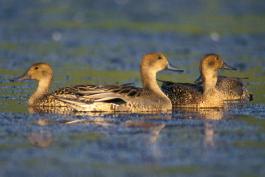
Where to See Species
About 350 species of birds are likely to be seen in Missouri, though nearly 400 have been recorded within our borders. Most people know a bird when they see one — it has feathers, wings, and a bill. Birds are warm-blooded, and most species can fly. Many migrate hundreds or thousands of miles. Birds lay hard-shelled eggs (often in a nest), and the parents care for the young. Many communicate with songs and calls.






















